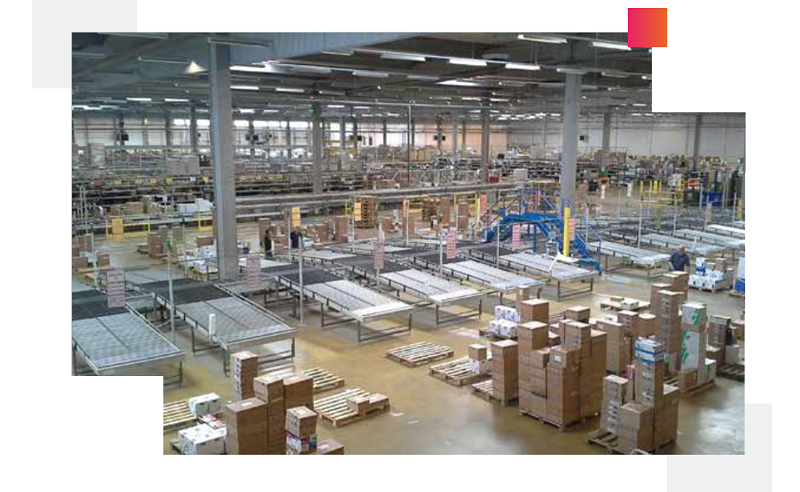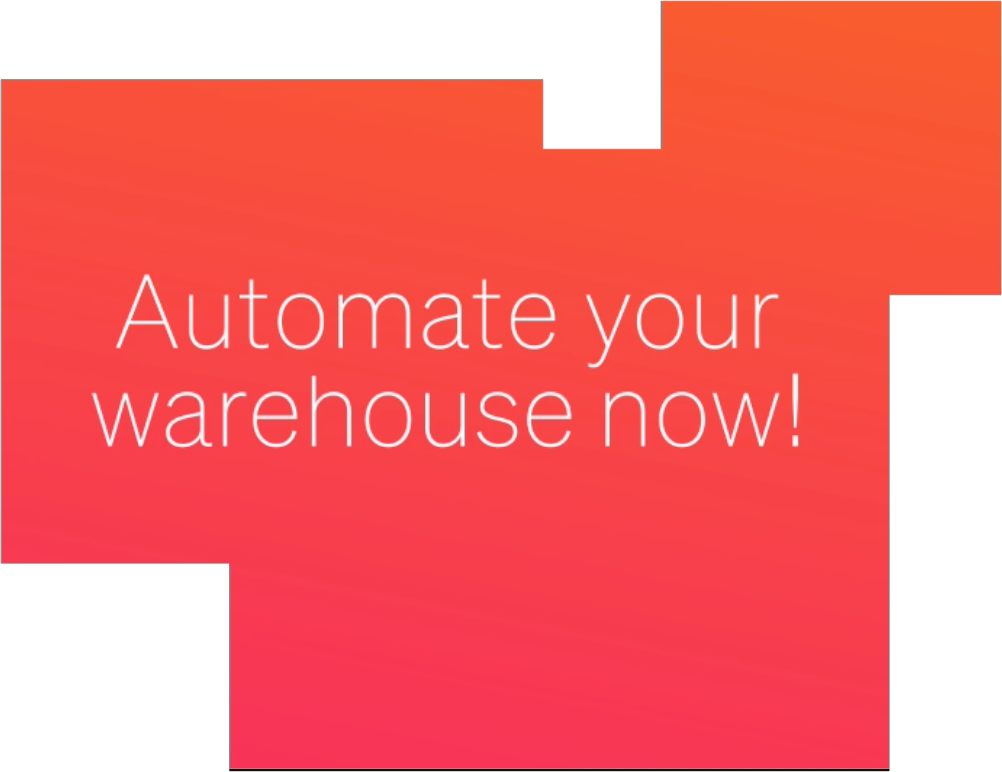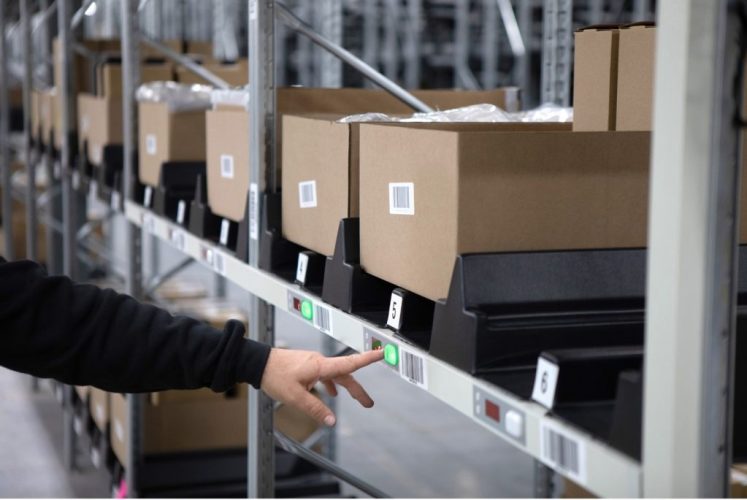Less is more: Reducing the need for decanting through better warehouse automation
What is decanting, and how can minimizing it improve efficiency and lower costs in your automated warehouse?
Understanding decanting and replenishment
Decanting is an important component of a successful warehouse automation solution. It involves unloading goods from their original shipping containers and repackaging them for replenishment. When your warehouse gets a shipment of items from the manufacturer, employees must decant the merchandise from its packaging and place it into a box so it can be sent on to fulfill orders.
As far as warehouse processes go, decanting is extremely time-consuming and labor-intensive. The decanting process is inefficient, requiring a great deal of human effort. It’s expensive and uses valuable storage space and employee time. It can lead to errors and employee injury, as most warehouses carry out the decanting process manually. It also isn’t very green in terms of wasted materials and packaging. Improving decanting or dealing with it in some way should be a warehouse automation priority.

Automating warehouse replenishment
Warehouse automation helps move products into, through, and out of your warehouse with minimal assistance from employees. Automation solutions streamline replenishment operations and reduce the manual labor of decanting for a positive impact on your warehouses’ bottom lines.
While some automated solutions for decanting exist, they are often cost-prohibitive and overly complicated to implement. They take up large amounts of space, making them impractical for most warehouses to incorporate. Automation solutions for decanting usually require a significant overhaul to fit a warehouse for specialized bins that can grab hold of boxes using suction devices or side clamps. These costly, complicated solutions are less than ideal.
Decanting challenges
Although the benefits of automating your warehouse may be clear to you, you may be wary of making a drastic change. Some replenishment and decanting solutions require a high investment up front and take years to give you a return on your investment. Some approaches are rigid and can’t be easily incorporated into your existing systems. Some automations require frequent maintenance and updates. Few automation solutions offer you a viable solution to your decanting challenges.
Robotic warehouses use automated systems, specialized software, and robots to perform replenishment and decanting tasks, transport materials, and automate warehouse processes. Another benefit of robotic warehouses is their potential to minimize decanting, unlike other automation approaches.
Manufacturers often send goods to warehouses in Euro stacking containers, also called Euro boxes. Euro boxes are often preferred because they are compatible with one another and can be stacked together easily. They are also efficient in terms of filling standard-sized shipping pallets.
Some automated warehouses require specialized bins and other facility modifications, which means they must spend significant time, labor, and costs on decanting. These types of warehouses must decant all inbound goods, even those that arrive in Euro boxes. Eliminating the need to decant from Euro boxes would mean the vast majority of goods could be moved quickly through a warehouse without getting bogged down.

Decanting and replenishment solutions that work
At Caja Robotics, we like to think outside the (decanted) box. Caja’s solution works seamlessly with Euro boxes, both cardboard and plastic. Caja warehouses require decanting on fewer than 20% of boxes. In this way, Caja significantly cuts down the work and costs associated with decanting and replenishment.
An automation solution that doesn’t require decanting, or requires it for only a small portion of inbound goods, is more productive and cost-effective. It also saves employee time and lowers the possibility of injury or error.
Caja’s robotic solutions easily automate warehouse replenishment and decanting. Caja works with warehouses’ existing boxes and infrastructure, avoiding the need for specialized equipment purchases and complicated facility modifications.
„By using the original manufacturer packaging whenever possible, Caja reduces the need for over 80% of decanting, saving time, money, and human effort.“
Caja’s SAU (Shelving Adaptor Unit) offers effortless adaptation. It’s easy to install and doesn’t require a shelf deck. The SAU is compatible with various bin heights and different bin materials.
Caja’s lift robot simplifies replenishment and optimizes storage. All that’s needed is to scan the box, place it, and scan its location. Caja’s robots also carry out box picking and always choose the optimal allocation.
Caja’s warehouse automation solutions minimize the need for manual decanting. Unlike other solutions that require specific bins to work within the warehouse, Caja’s solutions offer simplicity and flexibility. We enable warehouse operators to work with manufacturers’ existing boxes, so they are inexpensive, fast, and easy to implement. By using the original manufacturer packaging whenever possible, Caja reduces the need for over 80% of decanting, saving time, money, and human effort.
The impact of reducing decanting and simplifying replenishment can be felt immediately in warehouses that implement Caja’s automation solutions. The time saved can be used to increase the volume of the warehouse’s operations, because workers are free to dedicate their time to the order fulfillment process instead of decanting goods. Precious storage space once used for decanting and replenishment can be allocated to different warehouse needs, increasing efficiency and cutting costs further. All of these changes improve fulfillment and optimize performance, improving ROIs in the automated warehouse.



